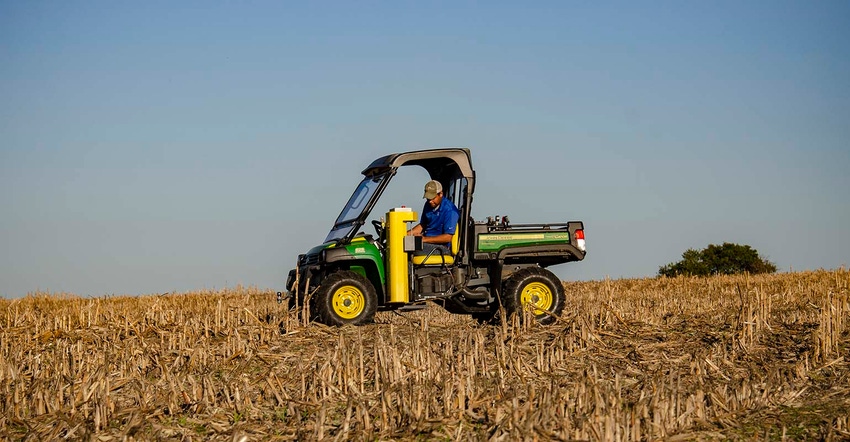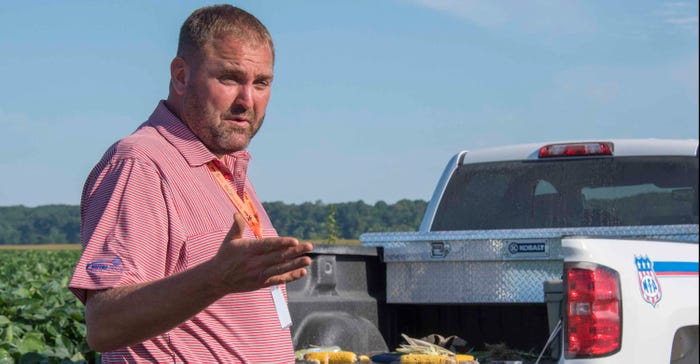August 1, 2018

Sponsored Content
By now, the fate is mostly sealed for Midwest corn and soybean crops, and abnormally dry conditions will mean lower yields in many areas. As harvest approaches, MFA Senior Staff Agronomist Jason Worthington said growers should already be preparing for next season’s crop with soil fertility as the No. 1 consideration.
“Having the right fertility level plays an essential role in reaching full yield potential across the field and from year to year,” he said. “A field with good soil test levels better handles adverse conditions.”
If the season’s challenges mean less grain is being harvested, then fewer nutrients are being pulled from the soil, Worthington said. On the other hand, producers who baled cornstalks or chopped silage to supplement lower hay supplies and poor-quality pastures may be removing more nutrients from their fields than they realize.

“Both cutting silage and baling stalks increase potassium removal because you’re taking all the forage off the plant,” Worthington said. “Your usual application of K may not compensate for that.”
Precision fertility management, such as MFA’s Nutri-Track program, can help growers know exactly what type of phosphorus and potassium applications are needed to replace the nutrients they just removed. Nutri-Track manages soil fertility on an acre-by-acre basis, giving farmers the information needed and the application technology to adjust fertilizer application rates by zones.
“There are a couple ways we can address these issues through MFA’s Nutri-Track program,” Worthington said. “One is by using grid soil sampling, which captures the nutrient levels in specific parts of your field. From that information, we can apply variable-rate fertilizer according to varying needs of the soil. We can also take the information from your yield monitor and apply variable-rate P and K based on your actual nutrient removal. When we couple this with our grid-sampling service, you can get on a program to stabilize P and K levels in your fields.”
With the added stress of lower commodity prices, Worthington added, Nutri-Track provides a way to maximize fertilizer dollars by putting nutrients where they are needed and not over-applying where they are not.
“I can’t promise that Nutri-Track will decrease your fertilizer cost, but I can say that the program helps put those nutrients in the right areas,” he said. “The best areas of the field get the fertilizer they need to push yields, and those nutrients aren’t wasted on the less-productive areas.

In a stressful growing season, the value of Nutri-Track’s precision fertility is especially evident, Worthington said.
“Those fields that were fed properly are the ones that look the best right now,” he said. “Potassium, in particular, is very important in drought tolerance. It’s just like when you and I are stressed. If you had the right nutrition, you’re going to tolerate that stress better. We saw that happen firsthand in our fields this year.”
For more information, visit with your local MFA Agri Services or AGChoice location or visit online at https://mfa-inc.com/Precisionag/Nutri-Track/Why.
About the Author(s)
You May Also Like




